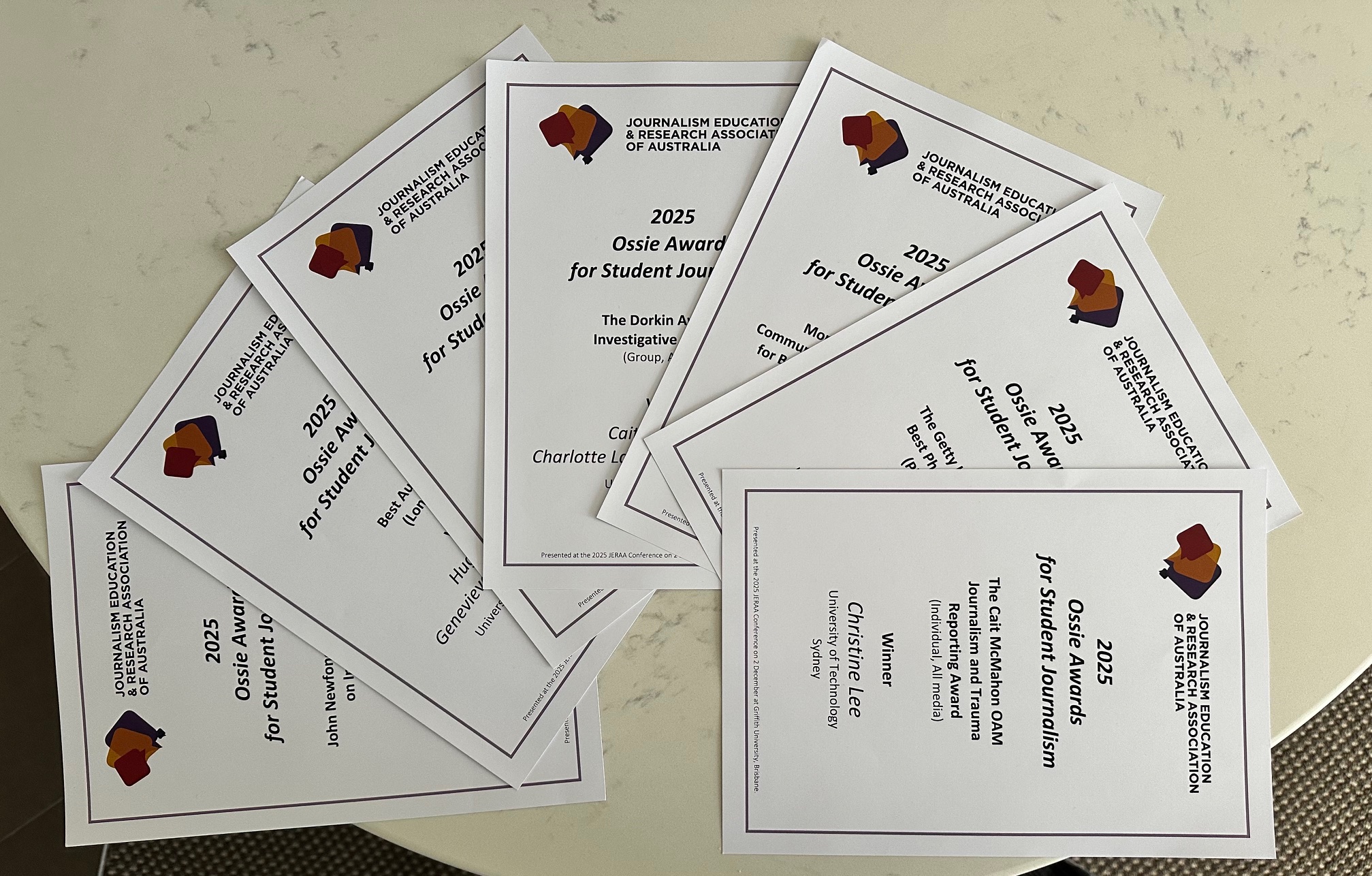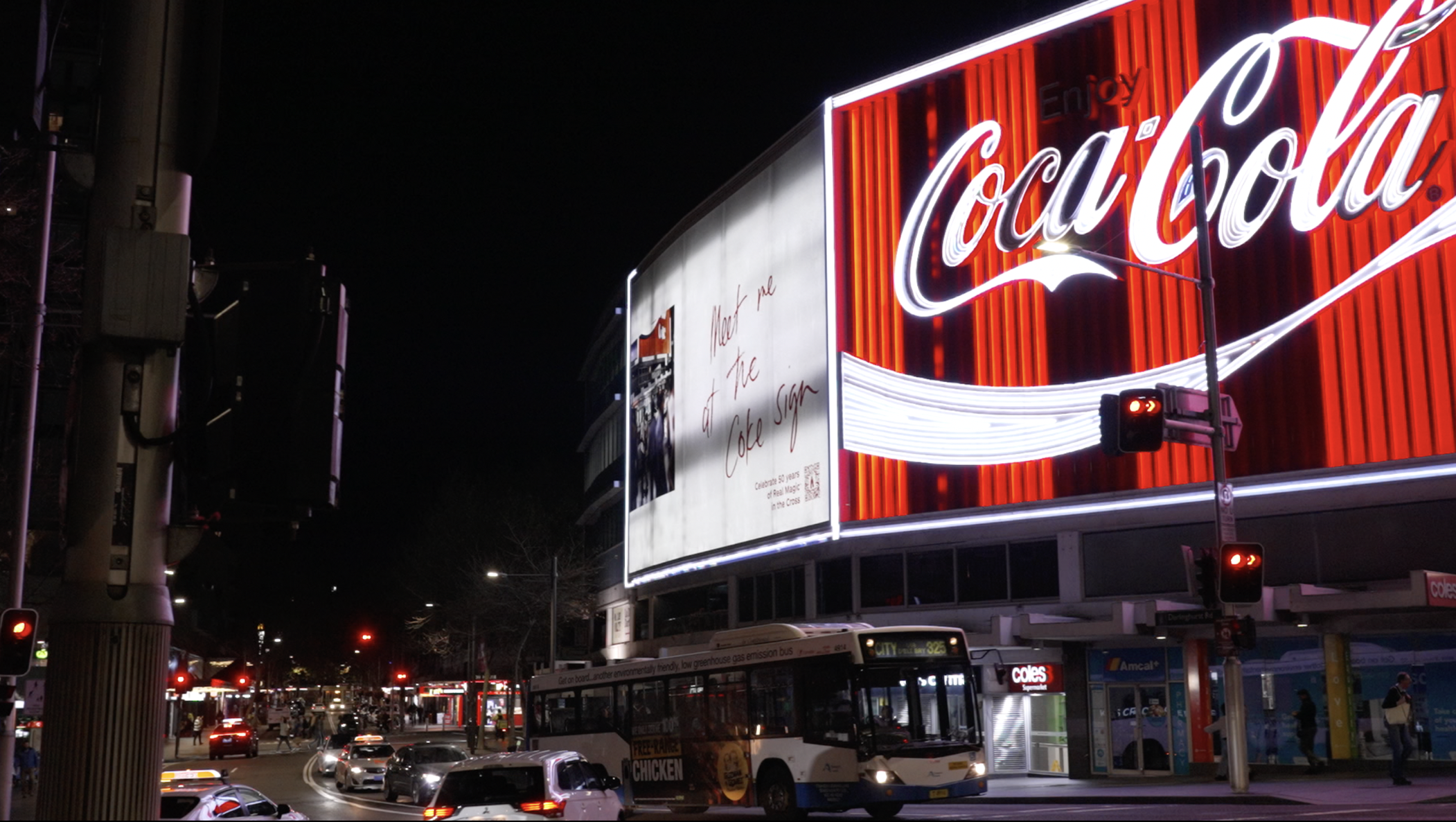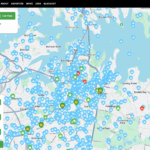Government funding of music festivals will renew confidence in promoters and could revitalise the state’s music scene, according to a leading industry figure.
Ben Tillman, the co-founder of Yours and Owls music festival in Wollongong, told Central News a $500,000 grant to help stage the festival made a crucial difference at a time when costs had risen through inflation but music fans were also struggling with the cost of living crisis.
“Running a festival in the current economic climate is quite difficult. Our Aussie dollar is poor, so it buys us less in terms of international music talent. The cost of supplies has gone up massively,” Tillman said.
“It’s meant that we’re not really able to pass on those extra increasing costs and expenses to the consumer, so that grant funding has been massively instrumental in helping kind of bridge that gap.
“The impact of that was huge. We probably wouldn’t have even gone ahead if we didn’t get that funding.
“There’s not a heap of confidence in festival organisers to go: Yes, I’m gonna go ahead and run the next event. So having this certain amount of funding in advance definitely adds to your ability to take that risk on.”
The NSW Government is helping music festivals across the state stay afloat with the first round of funding under the Contemporary Music Festival Viability Fund supporting five upcoming music festivals.
[We] needed to step in to save the furniture, and the feedback is that this fund helped some of these festivals survive.
The first round was established in September 2024 as a response to a number of music festival cancellations, including Splendour in the Grass and Falls Festival, due to inflation, ticket buying behaviours, insurance, freight and currency exchange.
The financial support of up to $500,000 per festival aims to alleviate those pressures.
The fund has so far allocated a combined $2.25 million of emergency funding to Bluesfest in Byron Bay, Lost Paradise on the Central Coast, Yours and Owls in Wollongong, and Field Day in Sydney.
The Viability Fund supported the Yours and Owls recent event that took place in March.
The music festival circuit is a vital part of the NSW live music industry, employing 14,000 people.
Regional festivals also have a significant impact on local visitor economies, particularly in areas like the Northern Rivers which have lost two major festivals.
The NSW Government’s broader commitment to strengthening the state’s music industry includes rebuilding vibrancy in the night-time economy.
John Graham, Minister for Music and the Night-time Economy, said: “The post covid era has been a financial nightmare for music festivals in NSW. The government needed to step in to save the furniture, and the feedback is that this fund helped some of these festivals survive.”

The Yours and Owls Festival in Wollongong. Photo by Ian Laidlaw, supplied by Yours and Owls.
Following record years in 2018 and 2019, the COVID-19 pandemic had a huge impact on the live entertainment industry, with $1.4 billion in lost revenue in 2020.
Adelle Robinson, managing director of Fuzzy Operations who runs Listen Out and Field Day said: “The funding we received for Listen Out and Field Day were lifelines for our business.
“A reset with our programming and the Contemporary Music Festival Viability Fund were the two reasons the show went ahead.”
Sabine Spencer, a second-year University of Technology Sydney communications student, said living costs had prevented her from attending festivals in the past.
“That’s why I never went to them before this year, I could only afford it this time because I worked the entire holiday,” she said.
“As for the funding, it’d have to be a continuous commitment to the music scene.”
Sophie Williamson, an avid festival-goer and also a UTS student, has attended festivals like Yours and Owls and Laneway, and said it was an expensive pastime.
“Depending on what festival it is, you’re looking at $200 for a one-day festival. If you’re a fan of at least two or three people on the lineup, you’re getting your money back, because tickets nowadays for just a singular concert are gonna cost upwards of $100 each,” she said.
Trends have moved away from traditional radio listenership [with] music culture being guided by global companies as opposed to more local.
“You also have to think of the other expenses, such as what you’re going to wear, your food and drink, transport, if you want to buy merch. It’s just all part of the experience.
“They kind of just have to rely on the big names to bring people to the music festivals.”
The funding is an effective start, but Tillman believes more needs to be done to ensure that the music festivals stay afloat.
“Trends have moved away from traditional radio listenership [with] music culture being guided by global companies as opposed to more local,” he added.
“There’s way less festivals happening at the moment. But there is a bit of a concerted effort to try and save these things that are culturally important in a time that it’s needed.”
Tillman said a scrutinisation and quota of listenerships was needed, especially as platforms like Spotify, Youtube and Netflix are the main sources of where people consume music information.
“It comes down to the person curating the radio, who’s responsible for getting something added to rotation,” he said.
“There isn’t really that happening from the curation sense through those streaming platforms.”
The Contemporary Music Viability Fund will open its second round ahead of the next summer festival season.
Main image supplied by Yours and Owls/Charlie Hardy.




























